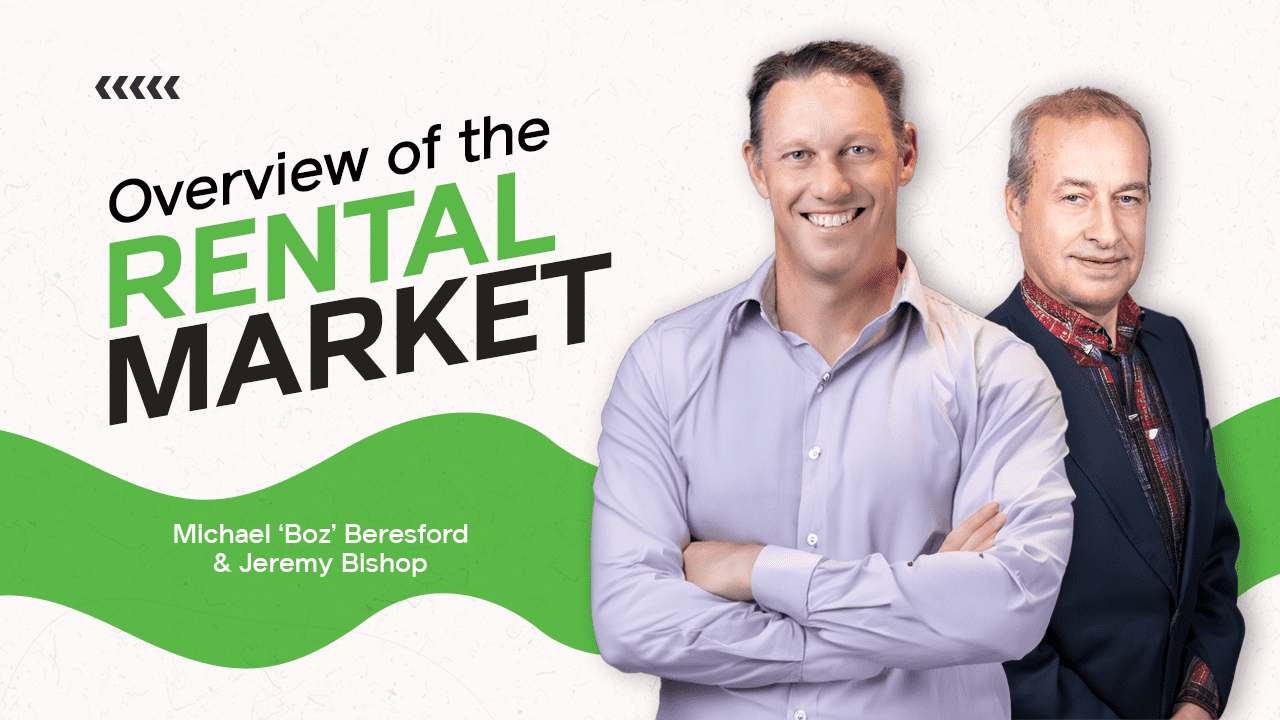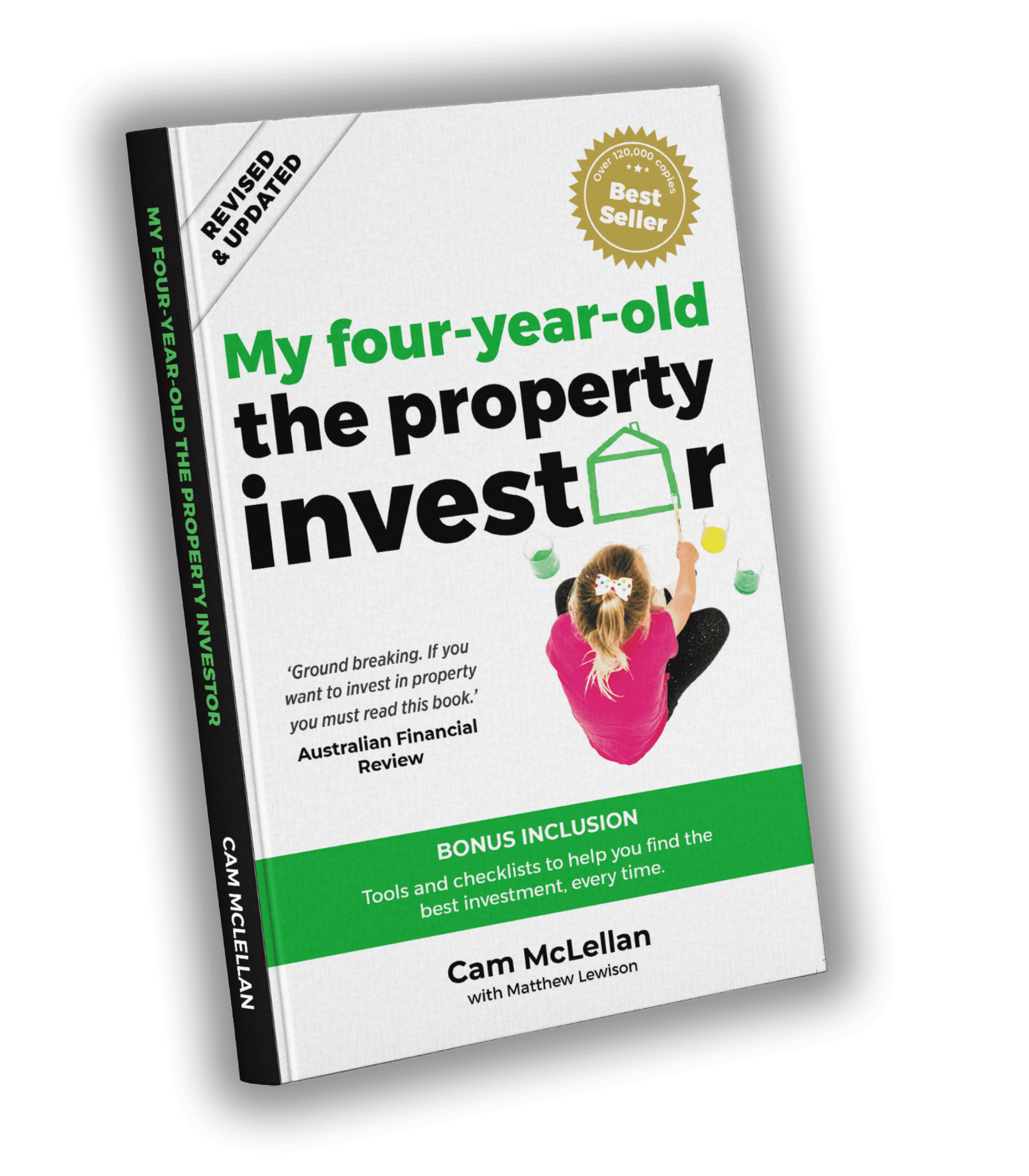By ALYSHA VAN DREUMEL & PAT MANNIX
When the government allowed property gearing through superannuation in 2007 it didn’t explain the steps involved or warn about the hazards that can be faced.
GEARING investment properties through your self-managed superannuation fund (SMSF) offers brilliant tax savings and is a great retirement planning idea, but it can be a headache if you don’t tread warily and ensure you stay on the right path. Here’s a guide to make it as straight forward as possible.
STEP 1: SPEAK TO A PROFESSIONAL ABOUT YOUR SUITABILITY
Speak to your accountant or even your mortgage broker to find a firm that specialises in setting the required warrants up to determine if you’re a candidate. Most lenders will do a maximum 72 per cent loan-to-value ratio (LVR) lend for residential investments and 65 per cent LVR lend for commercial so the shortfall needs to be made up with cash in your superannuation fund. At least the first year of interest and all legal and purchase costs will need to be available in cash, and the interest cover the banks require is significantly higher than for loans outside of superannuation so there’s more demand for cash in-flows.
STEP 2: LOAN PRE-APPROVAL
This is really important, particularly if you haven’t yet got an SMSF and want to avoid the costs of setting one up in case you aren’t eligible and wouldn’t set one up otherwise. Often banks will require payslips, evidence of funds required to complete the purchase (such as super statements from your employer or bank statements if you already have an SMSF). Be prepared to fill in some forms, although if you choose the right professional they can often do a lot of this on your behalf.
STEP 3: SETTING UP YOUR OWN COMPLIANT SMSF
When you get pre-approval you’ll need to set up your SMSF and your accountant or other professional can often do this for you for a fee. It should only take a couple of days to establish and the first step after set-up is to have the correct risk insurances in place so that your loved ones are covered. Remember life insurance in superannuation is tax deductible so you must address this. Your professional may be able to organise or recommend a financial planner that can take care of this for you. If you have an existing fund, check with your professional that the risk insurances you currently hold are adequate for what you’re intending to do. Now you need to roll over your existing funds into your new SMSF. This can be quite painful – the industry (and other) funds don’t want to lose your business so will often try and delay the process. They should be able to provide you with all of the necessary forms. Depending on the benefits your fund offers, it can sometimes be beneficial to leave some funds remaining. Speak to your accountant or financial planner for more information. You also need to develop an investment strategy that outlines the intention of the fund carefully. Your accountant can provide some tax advice but can’t write this for you. You also need to obtain a‘roles and responsibilities’ document from the Australian Tax Office including the potential for an initial audit. Again, your accountant or professional may be able to assist. Problem area: you may need to push, push, push with the industry funds to roll over the funds as they can (and will) drag their feet.
STEP 4: BARE TRUST TRUSTEE COMPANY
You need to set up the trustee company so that you’re able to sign purchase contracts when you find a property you want to submit an offer for. This can be named anything you want and
will only take a day or so to establish. Once the name is accepted and you have the Australian Company Number (ACN) it’s right to go.
STEP 5: START LOOKING
Once the above steps are taken, you can start looking for an investment property! Ensure you stay within the pre-approval amounts given by the lender and it’s vital before signing any
contract that you speak to professionals about how to sign the contract and any clauses you need to include. The contract for purchase needs to be in the name of the above trustee company. You should sign with a finance clause. Allow a minimum of 14 business days but try for longer as the lenders can be slow and you’ll need to provide more documents pertaining to your situation which may take some time to locate. Also, you’ll need at least a 60-day settlement, unless your professional is Superman and can do everything at superhuman speed. Problem area: long finance clauses and settlement time-frames are a must! The banks struggle with time-frames and as the big four banks dominate the market they have a backlog of applications.
STEP 6: OBTAIN CONDITIONAL APPROVAL
You’ll need to provide extra documents to the mortgage broker, such as information on assets and liabilities, bank statements, loan statements, rental appraisals, tax returns, credit card statements and the list can go on. This doesn’t need to be difficult – if you’re organised all of this may be close at hand and easy to collate. You’ll also need the contract of sale, Section 32 (in Victoria at least), and if it’s a commercial property you’ll need the lease agreement.
STEP 7: BARE TRUST
You need to organise the bare trust to be set up immediately and this can take from a day or so to a week. The name of the bare trust will be the actual street address of the property you’re buying. As mentioned in Step 4, the bare trust trustee company can be anything you like. The documents need to be signed and returned to your mortgage broker quickly so that they may submit these and the SMSF deeds to the lender’s legal department for vetting of the deeds. This can take anywhere from a few business days to a fortnight and can be the main thing that holds the loan up. This stresses the importance of a long finance clause. Now is also the time to engage a conveyancer so that they can arrange the transfer of land and get ready for settlement. Problem area: if you have an existing SMSF and your deed is older than two years you’ll be required to update the deed so that it has the clauses to gear in property. This can delay the process by more than a week so make sure this is done early. In addition, the deed updater needs to update it with the bank’s requirements in mind as each bank has different clauses that they require.
STEP 8: AWAITING UNCONDITIONAL APPROVAL
The bank will do its valuation and vetting of the deeds. If it’s satisfied with all the documents provided it will formally approve the loan and draw up the loan documents. Now is a good time to speak to the conveyancer about how the extra funds required at settlement will be made available. You can give the lender authority to retrieve the funds from the SMSF bank account or the conveyancer can make alternate arrangements. Problem area: the valuation can take longer than expected, depending on the bank. The mortgage broker should have enough experience with the lenders to advise you of expected time-frames prior to the finance clause being decided. Problem area: if purchasing a commercial property many banks will require a new cheque
account to be set up.
STEP 9: SETTLEMENT
You should regularly stay in contact with your mortgage broker to ensure everything is ready for settlement. Once settled, you’ll receive the statement of adjustments and the property is
now yours! If it hasn’t already been taken care of, the direct debit will now be set up for the interest payments (or principal and interest) and you have successfully purchased your first SMSF
property. Congratulations!
This information is of a general nature only and does not constitute professional advice. You must seek professional advice in relation to your particular circumstances before acting.
Alysha Van Dreumel and Pat Mannix are accountants and mortgage brokers with Gatherum-Goss & Associates. Gatherum-Goss & Associates deliver specialist knowledge shaped by our experience assisting property sector clients of all types, from developers, investors and building contractors to property trusts and SMSF’s. Contact them on 03 8393 1010 to find out more information.








